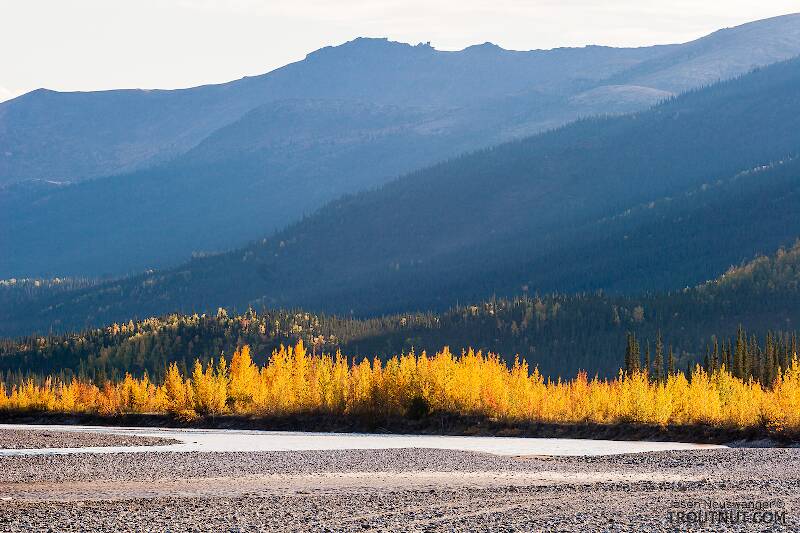
Blue-winged Olives
Baetis
Tiny Baetis mayflies are perhaps the most commonly encountered and imitated by anglers on all American trout streams due to their great abundance, widespread distribution, and trout-friendly emergence habits.
Featured on the forum

This is the first of it's family I've seen, collected from a tiny, fishless stream in the Cascades. The three species of this genus all live in the Northwest and are predators that primarily eat stonefly nymphs Merritt R.W., Cummins, K.W., and Berg, M.B. (2019).

Troutnut is a project started in 2003 by salmonid ecologist Jason "Troutnut" Neuswanger to help anglers and
fly tyers unabashedly embrace the entomological side of the sport. Learn more about Troutnut or
support the project for an enhanced experience here.
Caddisfly Species Pycnopsyche guttifera (Great Autumn Brown Sedges)
Where & when
Preferred waters: Woodland streams
In 69 records from GBIF, adults of this species have mostly been collected during September (33%), August (29%), July (16%), October (12%), and May (6%).
In 29 records from GBIF, this species has been collected at elevations ranging from 69 to 5285 ft, with an average (median) of 1148 ft.
Species Range
Specimens of the Caddisfly Species Pycnopsyche guttifera
2 Larvae
Start a Discussion of Pycnopsyche guttifera
References
- LaFontaine, Gary. 1981. Caddisflies. The Lyons Press.
- Merritt R.W., Cummins, K.W., and Berg, M.B. 2019. An Introduction to the Aquatic Insects of North America (Fifth Edition). Kendall/Hunt Publishing Company.
- Swisher, Doug and Carl Richards. 2000. Selective Trout. The Lyons Press.
Caddisfly Species Pycnopsyche guttifera (Great Autumn Brown Sedges)
Species Range
Common Names
Resources
- NatureServe
- Integrated Taxonomic Information System
- Global Biodiversity Information Facility
- Described by Walker (1852)



